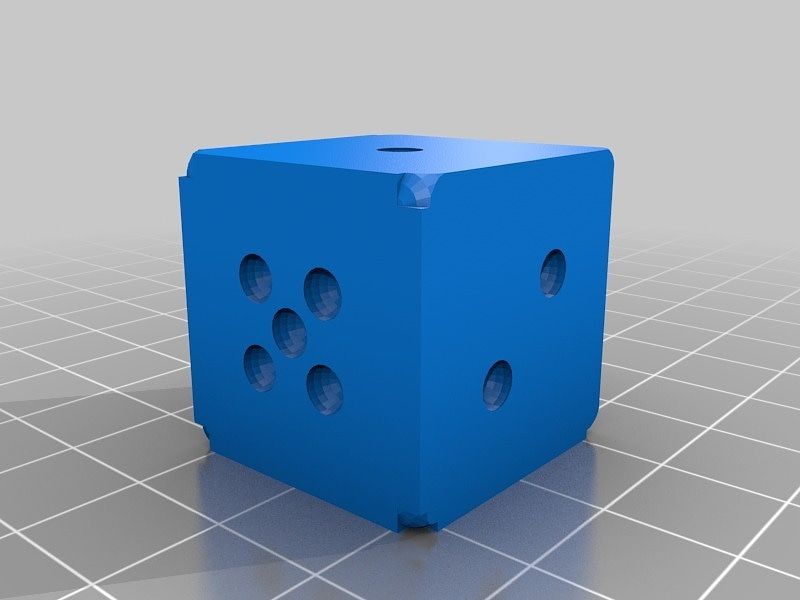Shortcomings of the CIA Triad

- Limited Scope: The CIA triad focuses primarily on three aspects of information security: confidentiality, integrity, and availability. While these are important objectives, they do not capture all of the dimensions of information security, such as authentication, accountability, and non-repudiation.
- Lack of Context: The CIA triad does not consider the broader context in which information security risks arise. For example, it does not take into account the motivations of attackers, the value of the information being protected, or the specific threats facing an organization.
- Difficulty Balancing Components: Improving one component of the CIA triad (e.g. availability) can sometimes come at the expense of another component (e.g. confidentiality). This can make it challenging to strike the right balance between different objectives.
- Insufficient for Modern Threat Landscape: In today's complex and constantly-evolving threat landscape, the CIA triad alone may not be sufficient to address advanced persistent threats (APTs), which are highly skilled and motivated attackers that can circumvent traditional security controls.
- Technology-Focused: The CIA triad is primarily focused on technology-based security controls, and may not be sufficient to address the human and organizational factors that can contribute to information security risks.
- Overemphasis on Secrecy: The CIA triad places a strong emphasis on maintaining confidentiality and secrecy, which can sometimes come at the expense of other important objectives such as collaboration and information sharing.



